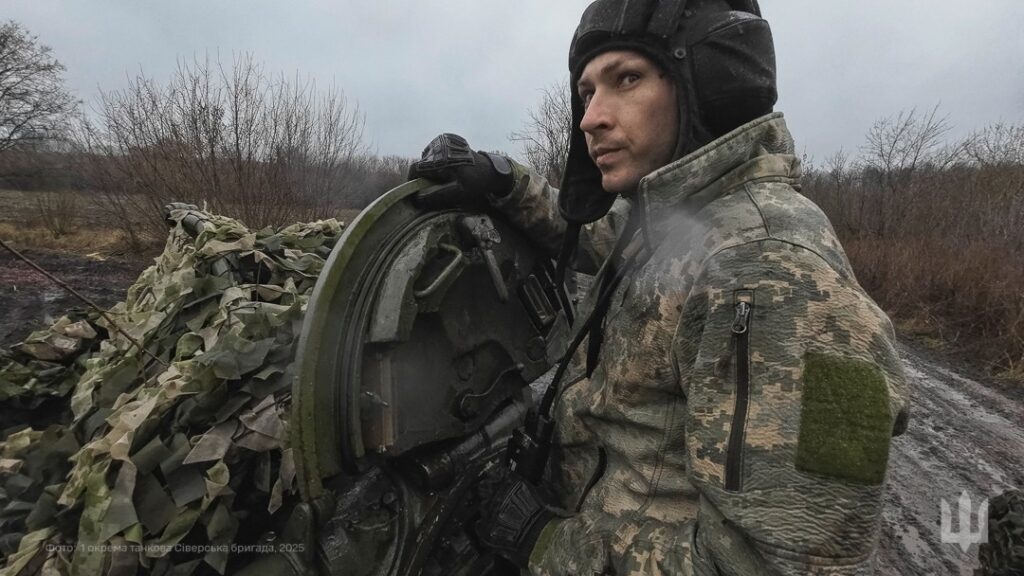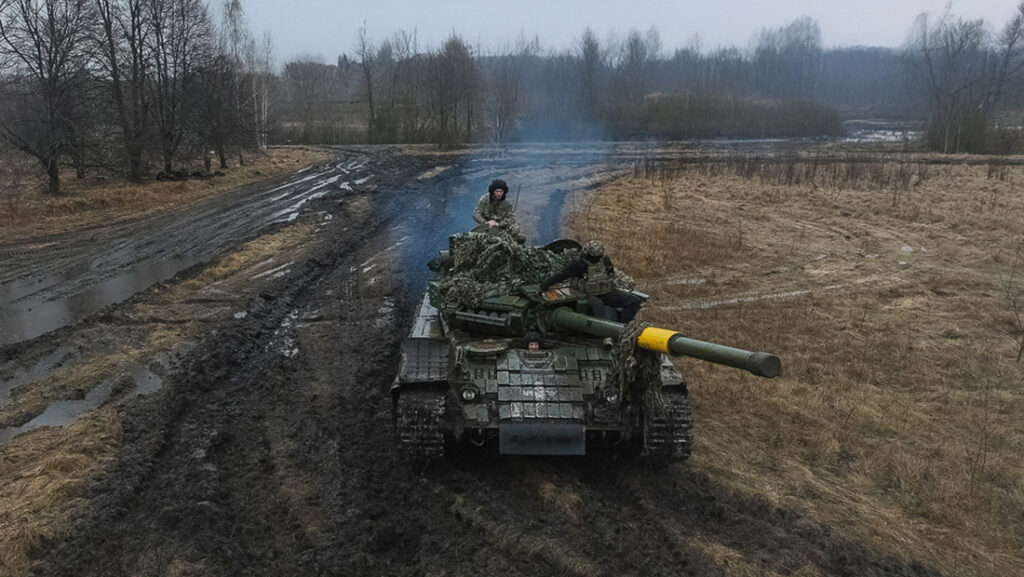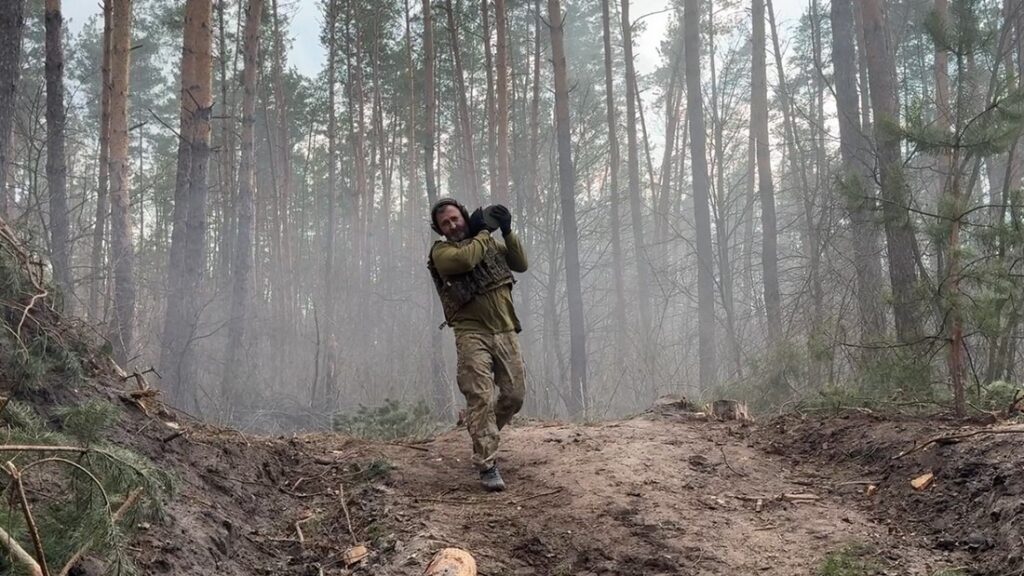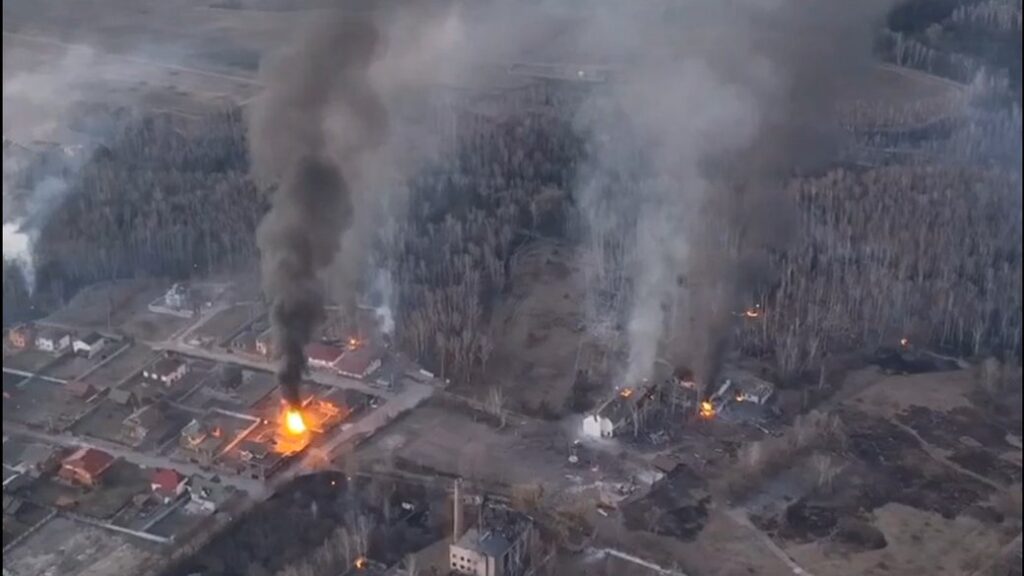Ukraine cuts back on tanks—and creates a deadlier kind of brigade

The famed 1st Tank Brigade is the third of Ukraine’s five tank brigades to undergo the transformation. After its reorganization, the brigade now has just two ostensibly 31-tank battalions instead of three—but has added a second mechanized battalion with, on paper, 31 infantry fighting vehicles.
Big, cumbersome, easy-to-spot tanks are just too vulnerable to the tiny first-person-view drones that are everywhere all the time all along the front line. “The reduced time between detection and engagement, driven by real-time drone surveillance and the high velocity of FPV attack drones, has created a hostile environment for traditional armored platforms on the battlefield,” Ukrainian analysis group Frontelligence Insight explained.
Prior to the reorganization, the brigade operated T-64 and T-72 tanks and BMP fighting vehicles. Its equipment may change as its structure changes.
It’s the latest chapter in the long history of a legendary brigade, which fought in some of the hardest battles of the initial Russian invasion of Ukraine in 2014 and, as the invasion widened eight years later, won a decisive battle in the city of Chernihiv, 100 km north of Kyiv and just 60 km from the border with Russia.
Russian commanders assumed the 1st Tank Brigade would be an easy target on day one of the wider war. In the early morning hours of Feb. 24, Russian missiles and artillery struck the permanent garrisons of many of Ukraine’s ground combat brigades.

But these brigades, including the 1st Tank Brigade, had dispersed. The Russian bombardment mostly destroyed empty buildings. The 1st Tank Brigade’s several thousand troopers and roughly 100 T-64 tanks lay in wait in the fields and forests surrounding Chernihiv.
The Russian 41st Combined Arms Army barreled south from its staging areas around the Belarus-Russia border, quickly arriving at Chernihiv. On paper, the 41st CAA with its 20,000 troops and hundreds of T-72 tanks vastly outmatched the 1st Tank Brigade.
In reality, the 1st Tank Brigade held key advantages, analysts Mykhaylo Zabrodskyi, Jack Watling, Oleksandr Danylyuk and Nick Reynolds revealed in a study for the Royal United Services Institute in London.
The autoloader in the three-person T-64 and the Ukrainian army’s superior training made the most difference in the chaotic early fights around Chernihiv. “The first days of fighting saw numerous meeting engagements in forests at around 100 m to 200 m range, where restricted movement limited the Russian ability to bring their mass to bear against a specific tactical situation,” Zabrodskyi, Watling, Danylyuk and Reynolds wrote.
“Better crew training combined with short-ranged engagements where their armament was competitive, and the faster autoloader on the T-64, allowed Ukrainian tank crews to achieve significant damage against surprised Russian units.”
The 1st Tank Brigade bled the 41st CAA for several days until Russian commanders decided simply to bypass Chernihiv. As Russian battalions rolled past, the 1st Tank Brigade “found itself encircled.” A territorial brigade garrisoned in Chernihiv screened the 1st Tank Brigade’s T-64s as the brigade adopted an all-around defense of the city.
For six weeks the brigade and its supporting territorials held out. “Communication with the 1st Tank Brigade was maintained along a small supply road running northwards on the left bank of the Dnipro [River] that the Russians failed to sever, despite having an overwhelming force presence,” the RUSI analysts wrote.
The Russian army ultimately failed to capture Kyiv and bring the war to a swift end. In late March, the Kremlin ordered its battered forces around the capital city to retreat. That’s when the 1st Tank Brigade attacked. On March 31, the brigade liberated the M01 highway connecting Chernihiv to Kyiv.

Victory in Chernihiv
The 1st Tank Brigade had won its hardest fight. But wider trends doomed its status as one of Ukraine’s five tanks brigades alongside the 3rd, 4th, 5th and 17th Tank Brigades.
FPV drones haven’t rendered tanks obsolete. But they have forced tank crews to operate extremely carefully—hiding most of the time in buildings or dugouts and rolling out only occasionally to fire a few shells.
It’s a new “era of the cautious tank,” David Kirichenko, an analyst with the Center for European Policy Analysis in Washington, D.C., announced in September.
Tanks are even more cautious now than they were last fall. “Overall, there is less armor being deployed to the front, especially compared to 2023,” Kirichenko said. “So we are still in the era of the cautious tank, or we could say that it has even gotten more cautious now.”

The Ukrainian army responded to the changing environment. The 17th Tank Brigade reorganized in October or November, reducing its tank inventory to become the first of the Ukrainian army’s new heavy mechanized brigades. The 5th Tank Brigade underwent its reorg in December.
The Ukrainian ground forces are also adopting a new corps structure that places similar brigades fighting in the same sectors under a single command. It’s possible these corps—there should be 13 of them—will each have just one separate tank battalion.
The forces for these battalions—the tanks and crews—could come from the tank brigades, some of which “may be disbanded,” Militaryland reported. Meanwhile, the tank battalions in the mechanized, motorized and mountain brigades “will be reduced in size.”
Today, the Ukrainian military should have 30 or so tank battalions with around a thousand tanks. The possible reorganization could cut that structure in half. Fewer battalions—and many more tanks in reserve to replace losses from drones.
The tanks are assuming a secondary role as infantry—and the armored trucks and tracked vehicles that speed them to and from their trenches—take on the lead role in this new era of ever-present drones and cautious tanks.
